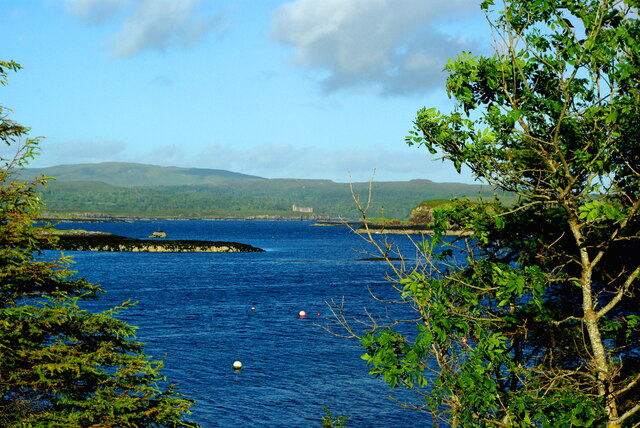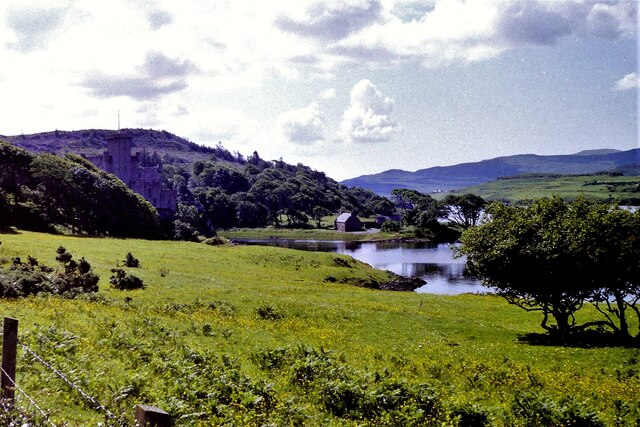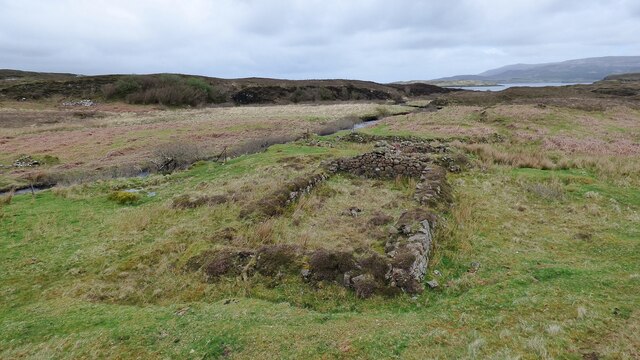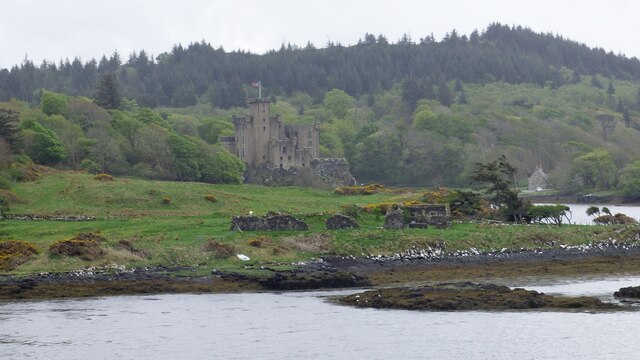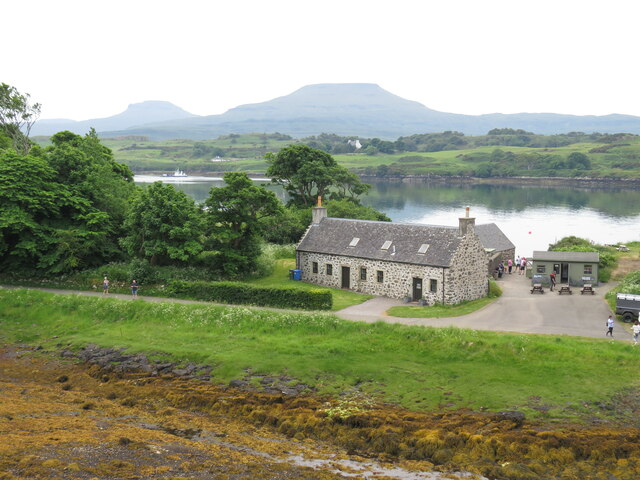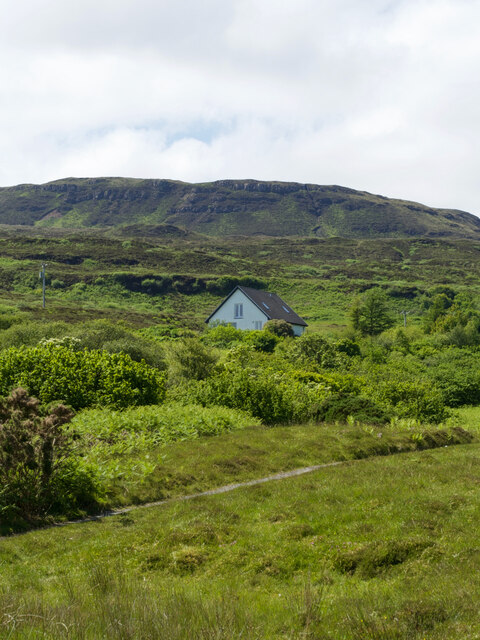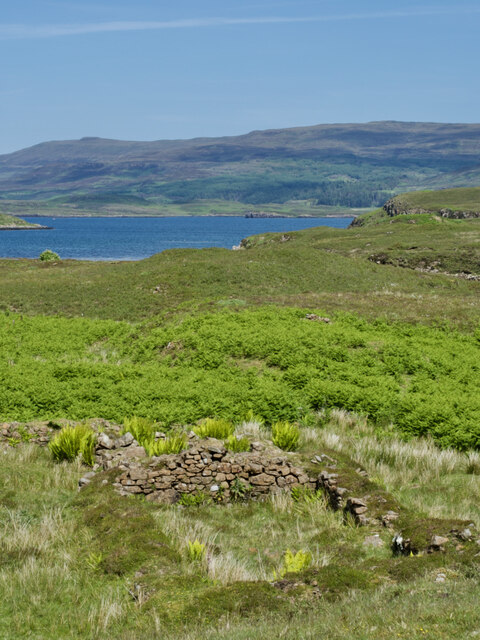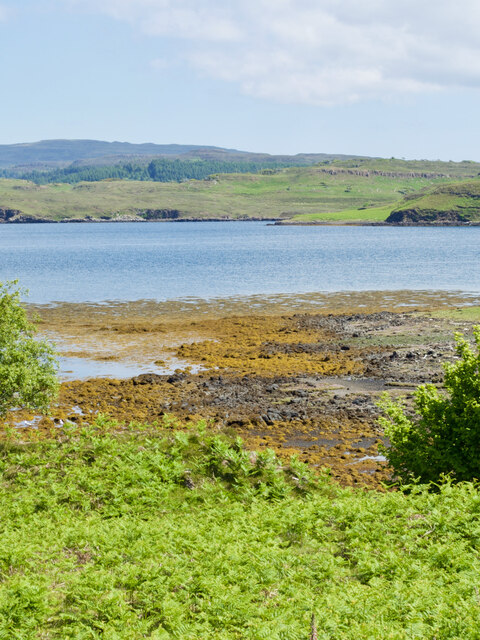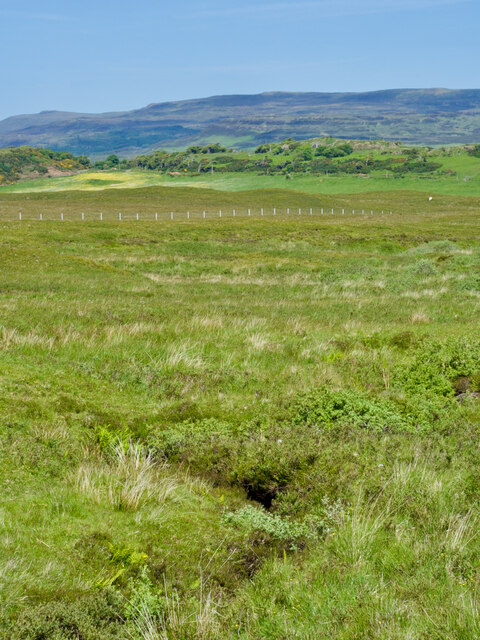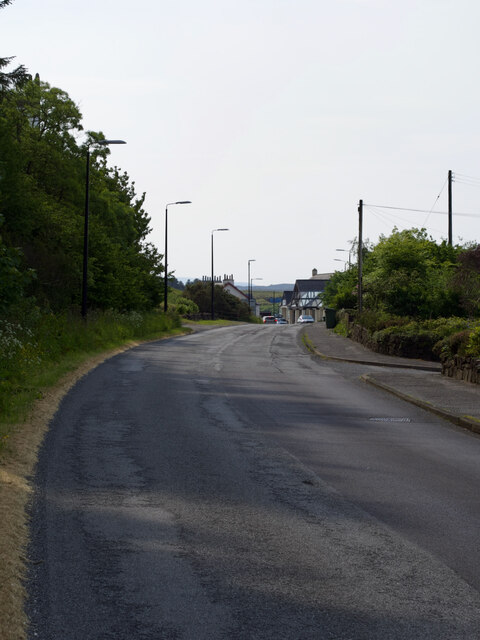Ob Dubh
Bay in Inverness-shire
Scotland
Ob Dubh
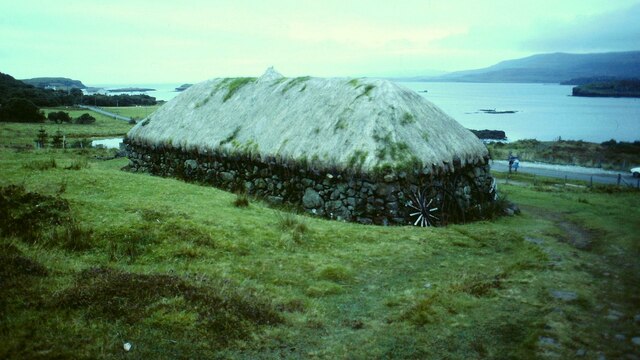
Ob Dubh is a picturesque bay located in the county of Inverness-shire, Scotland. Situated on the western coast of Scotland, it is known for its stunning natural beauty and tranquil atmosphere. The bay is nestled between rolling hills and offers breathtaking views of the surrounding landscape.
The bay itself is characterized by its crescent shape, with a wide sandy beach that stretches for approximately 1.5 kilometers. The sand is soft and golden, making it an ideal spot for sunbathing, picnicking, and leisurely walks along the shore. The crystal-clear waters of the bay are perfect for swimming, kayaking, and other water sports.
Surrounded by lush greenery and rocky cliffs, Ob Dubh provides a haven for wildlife enthusiasts. The bay is home to a diverse range of bird species, including gulls, cormorants, and oystercatchers. Seals and dolphins can often be spotted swimming in the bay, delighting visitors with their playful antics.
Hiking trails and coastal paths surround the bay, offering opportunities for exploration and adventure. The nearby hills provide panoramic views of the bay and the surrounding countryside, making it a popular destination for hillwalkers and nature lovers.
Ob Dubh is a peaceful and serene destination, perfect for those seeking a break from the hustle and bustle of everyday life. Whether it's enjoying the beach, observing wildlife, or simply taking in the beauty of the Scottish coastline, Ob Dubh offers a truly unforgettable experience for visitors.
If you have any feedback on the listing, please let us know in the comments section below.
Ob Dubh Images
Images are sourced within 2km of 57.440225/-6.6144366 or Grid Reference NG2348. Thanks to Geograph Open Source API. All images are credited.

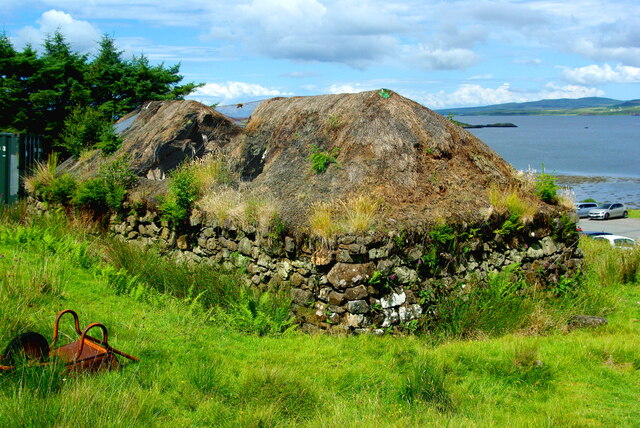
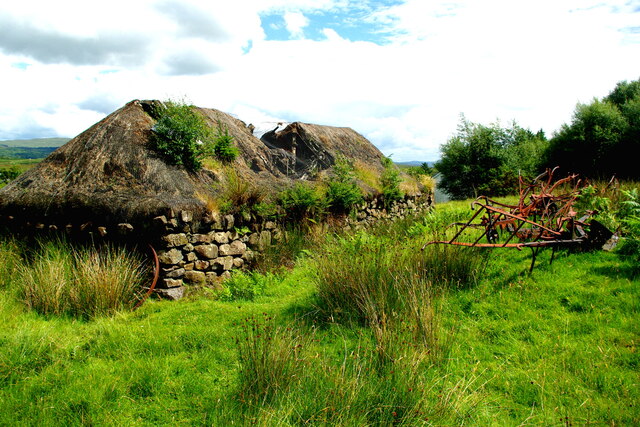
![Dun Totaig â a mass of tumbled stone and an invasion of bracken For historical information, see ‘Skye, Dun Totaig | Canmore’. 2023. Canmore.org.uk &lt;<span class="nowrap"><a title="https://canmore.org.uk/site/10834/skye-dun-totaig" rel="nofollow ugc noopener" href="https://canmore.org.uk/site/10834/skye-dun-totaig">Link</a><img style="margin-left:2px;" alt="External link" title="External link - shift click to open in new window" src="https://s1.geograph.org.uk/img/external.png" width="10" height="10"/></span> &gt; [accessed 14 July 2023]
](https://s3.geograph.org.uk/geophotos/07/54/17/7541799_32490dee.jpg)
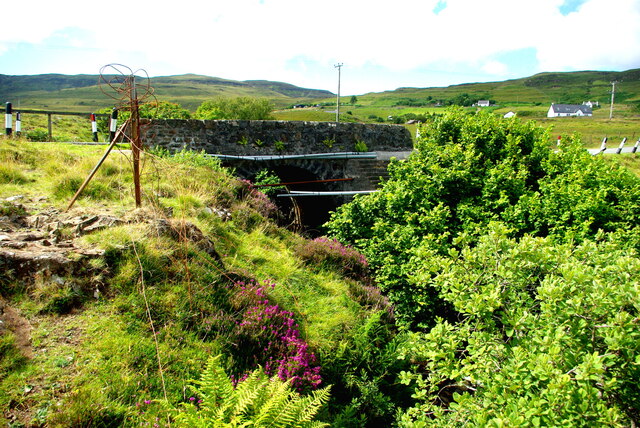
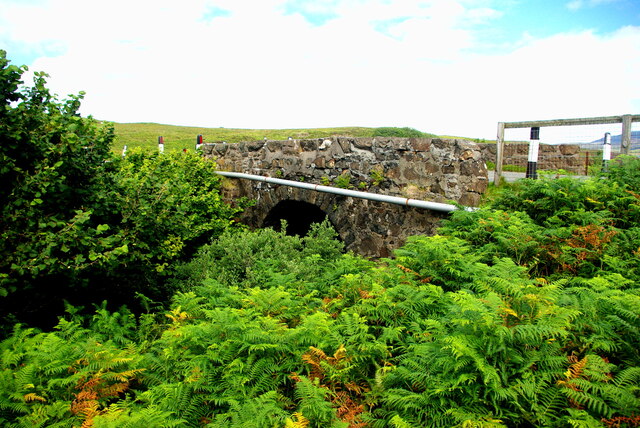

Ob Dubh is located at Grid Ref: NG2348 (Lat: 57.440225, Lng: -6.6144366)
Unitary Authority: Highland
Police Authority: Highlands and Islands
What 3 Words
///judges.form.alpha. Near Dunvegan, Highland
Nearby Locations
Related Wikis
Eilean Mòr, Loch Dunvegan
Eilean Mòr is an uninhabited island in Loch Dunvegan in north west Skye, Scotland. At low water the island is connected to Eilean Dubh. == Footnotes ==
The Three Chimneys
The Three Chimneys is a restaurant in Colbost, Isle of Skye, Scotland. While in operation beforehand, the restaurant came to prominence after being taken...
Dunvegan Castle
Dunvegan Castle (Caisteal Dhùn Bheagain) is located 1 mile (1.6 km) to the north of Dunvegan on the Isle of Skye, off the west coast of Scotland. It is...
Colbost
Colbost (Scottish Gaelic: Cealabost) is a scattered hamlet on the B884 road, in the Glendale estate, overlooking Loch Dunvegan on the Scottish island of...
Nearby Amenities
Located within 500m of 57.440225,-6.6144366Have you been to Ob Dubh?
Leave your review of Ob Dubh below (or comments, questions and feedback).
